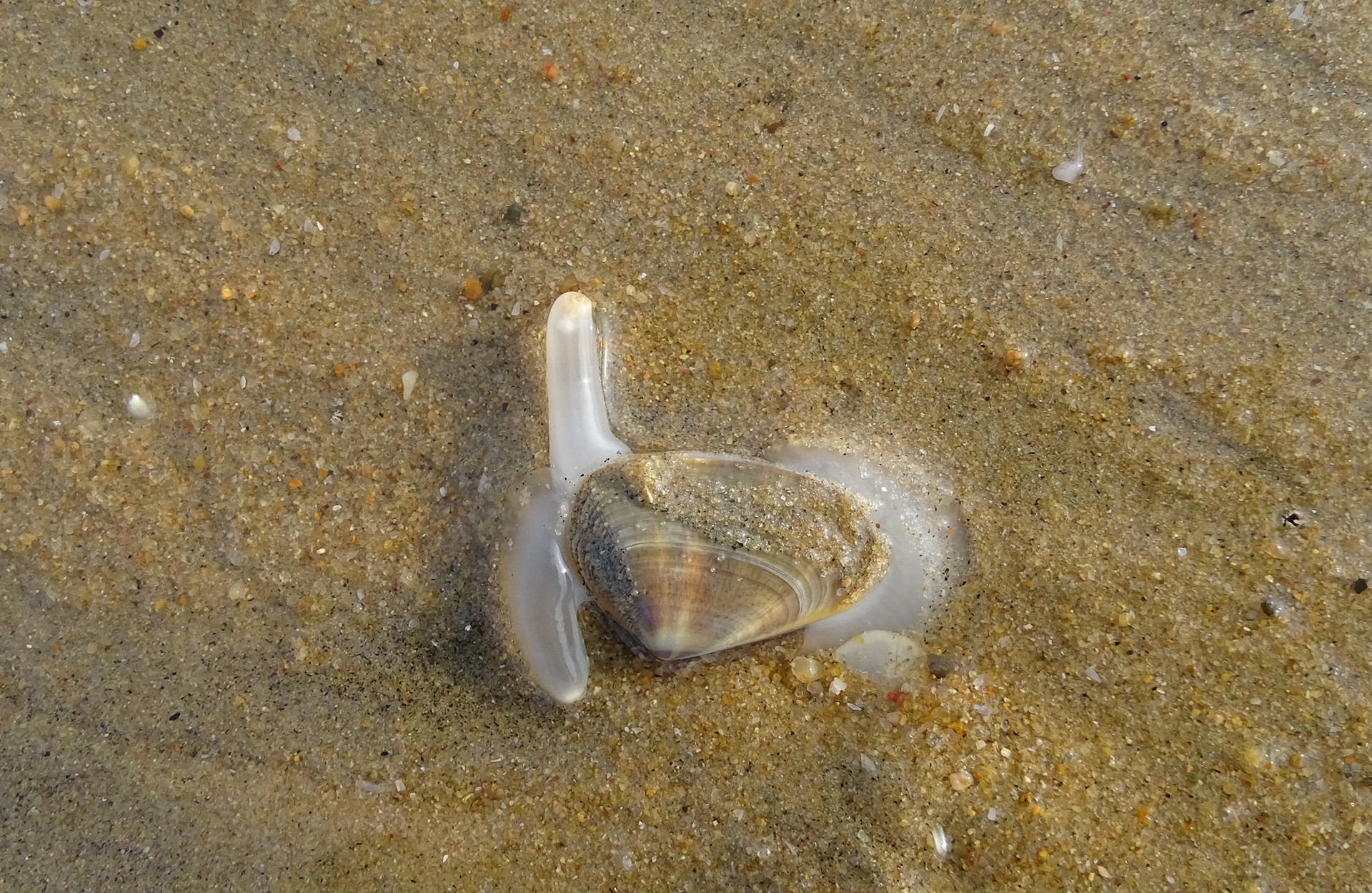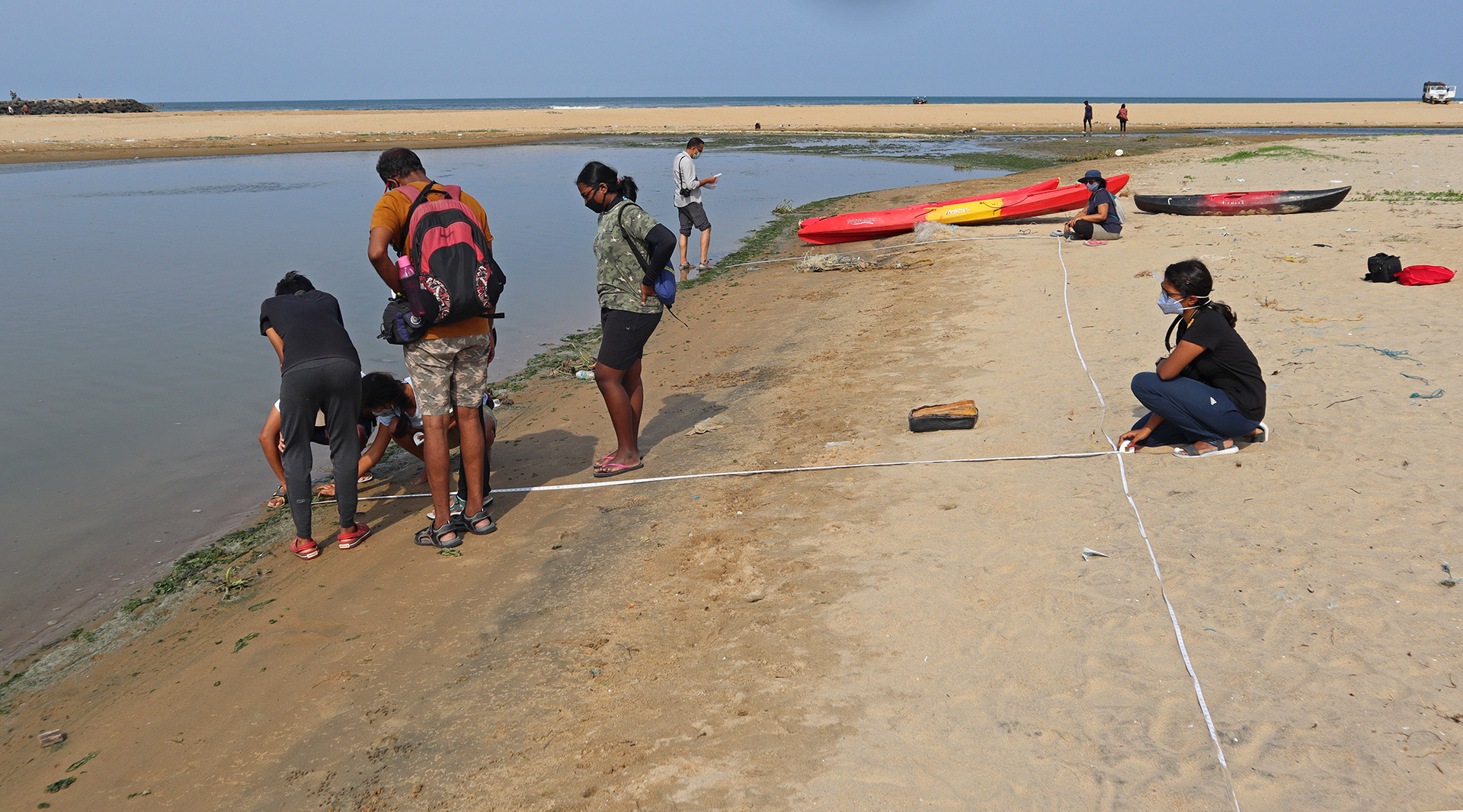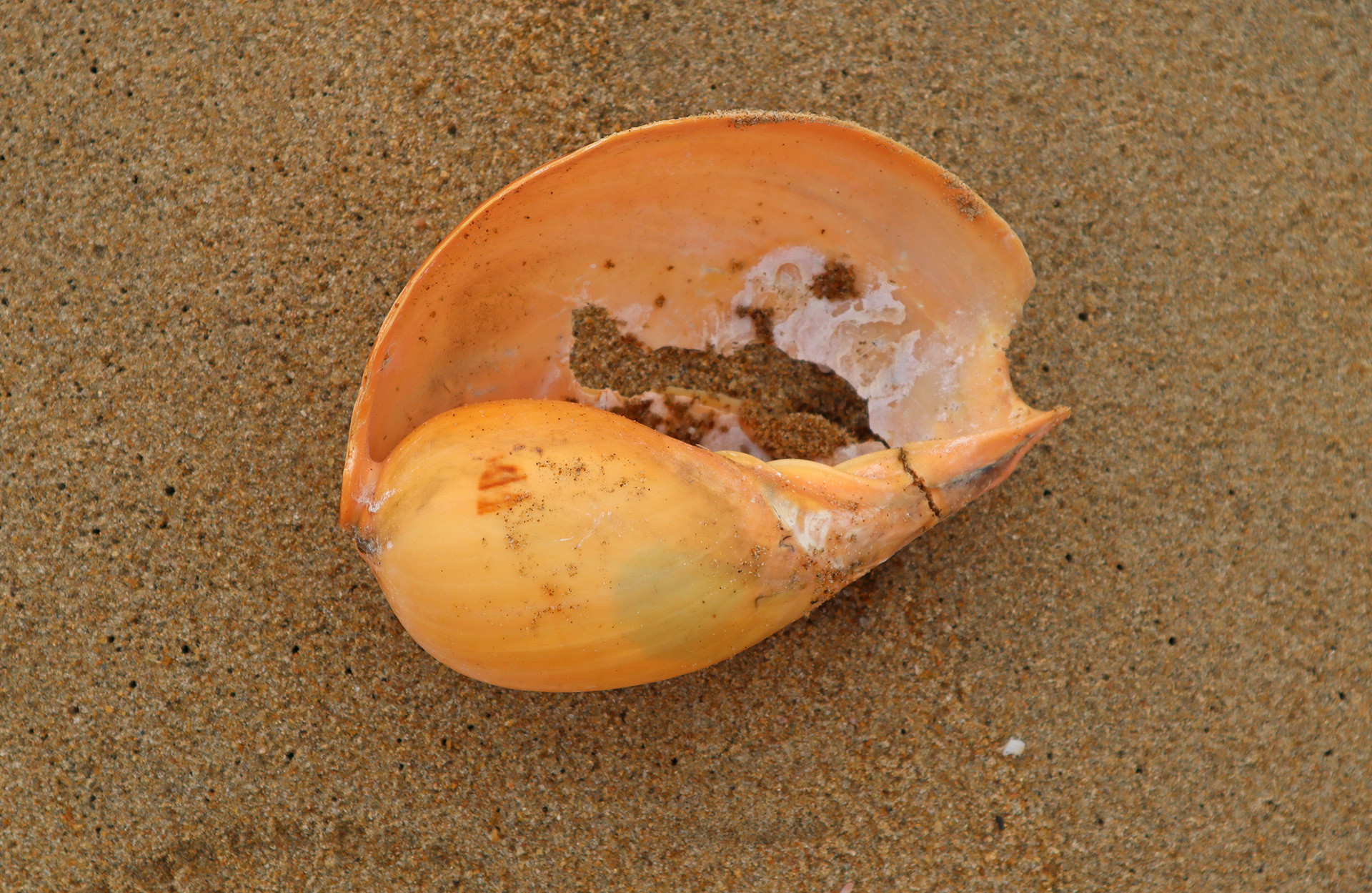A Plain Sand Star, a Girdled Horn Snail or an Asian Green Mussel; the next time you take a walk on the beaches of Chennai, breathing in the salty breeze, look around, and you might just find one of these at your feet. You may even come across something new altogether, and if you do, make sure to head straight to iNaturalist.org and share your sightings with the Coastal Biodiversity of Chennai group. So far, this community has managed to record over 300 species of flora and fauna that reside along the coast of the south Indian city and its neighbouring districts.
“People go to the beach and come back seeing nothing,” says writer, activist and educator M. Yuvan, one of the core team members of the group who are also part of the Madras Naturalists' Society. “Barrenness is actually a state of mind. If people know the names of the various species, if they know what they are looking for, then these trips will mean a lot more,” he adds. Yuvan is joined by Rohith Srinivasan, Vikas Madhav, Nanditha Ram Satagopan, Aswathi Asokan and Anooja Anil in the Coastal Biodiversity of Chennai initiative which was launched in April 2020. Apart from sightings noted by citizens, the team also interacts with the local fisherfolk to include their knowledge in this ongoing project.
Snails, crabs, jellyfish, starfish; birds like Indian Skimmers, Shikras and Sanderlings and flora such as Beach Morning Glory and Red Algae – the exhaustive list on iNaturalist showcases a wide array of species that occupy the beaches of Chennai. According to the Bombay Natural History Society, India's coastal belt, that stretches over 8000 km across nine states and four union territories, provides a haven for more than 15,000 faunal species. India’s coastal areas also have nine critical habitats, including the mangroves of the Sunderbans and the biodiversity-rich islands of Andaman & Nicobar. Sadly, we are still not aware of the many species that thrive in coastal areas. Yuvan points out that the issue runs deeper than just our coasts.
“An average school-going child can probably identify two common urban trees. This makes it difficult for them to be proactive and participate in matters of the environment. Understanding the biodiversity around helps in building a connection to the issues as well.” he adds.
Similar to the Coastal Biodiversity of Chennai, the Marine Life of Mumbai initiative records and documents the denizens of Mumbai's coastline. Non-governmental organisation Coastal Impact based in Goa promotes awareness towards marine species and monitors the coastal ecosystems. WWF India has also come up with a book titled Corals and Crabs: Marine Life In The Reefs Of Goa which can be downloaded for free from their website. The book aims to address the knowledge gap and help people understand the inhabitants of Goa’s coastal waters. Despite the presence of such interesting initiatives, Yuvan and his team believe that a lot more needs to be done to protect the coastal biodiversity.
“There is so much to see and so much that one can do from an educational perspective and a citizen science perspective. We have done about three shore walks so far, and we have seen that people become more involved when they witness the magic of biodiversity. They come back with their families and share sightings with us,” adds Yuvan.
Interestingly, the team also mentions the local names of some of the sighted species to deepen the ecological understanding. Bailer shell (Melo melo) in the local language Tamil is called as Paathira Sangu or vessel shell. “The fisherfolk would use this to measure ingredients like salt and sugar; they would carry the shell with them during their expeditions on the sea,” explains Yuvan.
Beyond images and names, the database reveals several such interesting titbits. A quick glance at it leaves one with a renewed curiosity about the creatures that hide in plain sight on our sandy shores.
Due to the ongoing pandemic, the team has not been able to conduct more walks. Still, they are hopeful that as more and more people become aware of the initiative, Chennai’s beaches will have several curious eyes on them, unearthing some fascinating secrets.
For more information, visit Coastal Biodiversity of Chennai.




